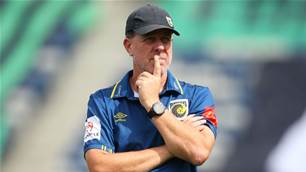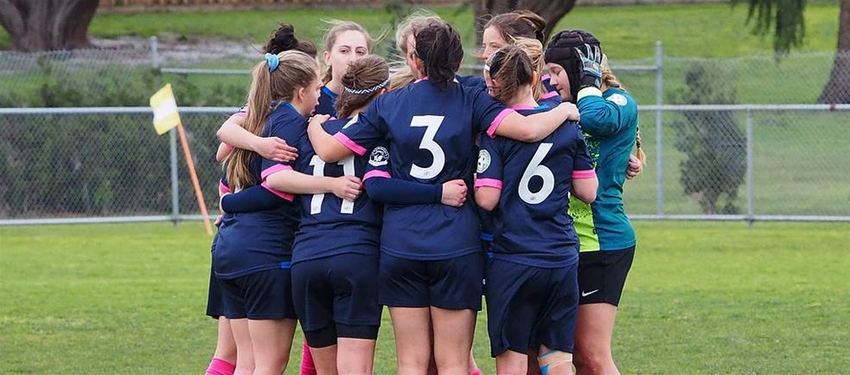As the dust settles on the news that Geelong Galaxy United and Southern United won’t have Football Victoria NPLW seniors in 2020, fingers inevitably are being pointed in all different directions.
The bottom line is both clubs have had financial challenges which are the underlying cause of all the other problems each club has.
Women’s football in Australia has a massive problem due to a significant lack of funding. A Sam Kerr somersault or society’s promotion of equality for women sadly won’t pay the bills.
The reality is females are playing football now more than ever, yet funding has broadly failed to mirror increased engagement. There is more money, but also a lot more females playing, so a smaller share of the pie for all. NPLW clubs are feeling this the most.
Both Galaxy and Southern have improved their financial positions significantly in 2019, however it hasn’t been deemed enough by FV.
There were other reasons for the organisation making their decision, including the competitiveness of both teams. Yet at some level, it still comes down to dollars and probably not a lot of sense.
Creative accounting doesn’t hide the fact clubs need regular and reliable revenue streams. This includes sponsorships, canteen revenue and registration fees for juniors.
Most NPLW clubs rely heavily on grants and donations from generous entities. This is not sustainable in the long run. Nor is it fair on parents for registration fees to keep on increasing as clubs struggle cover costs.
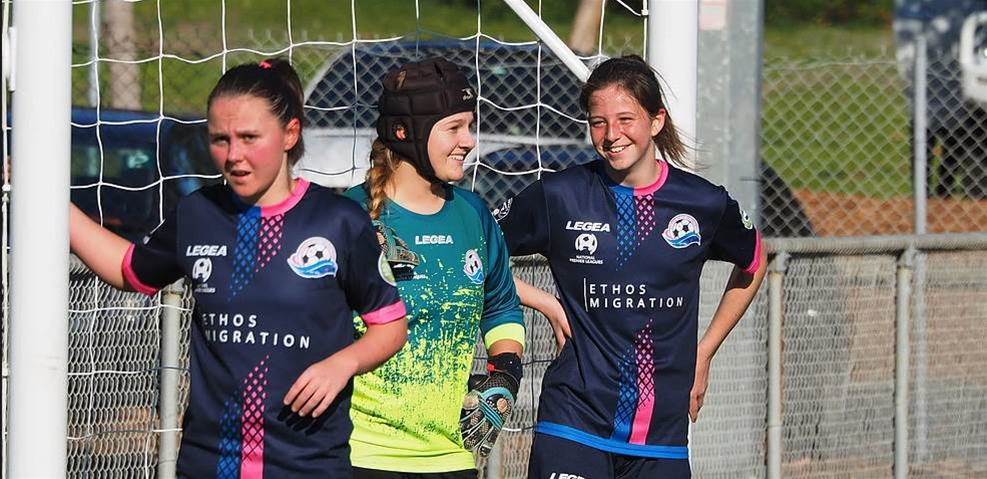
Southern United’s President Shannon Palmer acknowledged the challenge that clubs in the female football market had in terms of generating income and covering their expenses.
“The challenge to have an income is huge and not easily over-come,” lamented Palmer. “Parents and volunteers get sick and tired of fundraising all the time.
“The challenge is there is no exposure to be able to generate other forms of income, like sell advertising to sponsors.”
The successful NPLW clubs like Bulleen, South Melbourne and Calder have strong financial backers, namely strong male clubs making life a lot easier. Galaxy and Southern have struggled in that regard.
Many have lamented the lack of a proper, FV compliant and suitable home venue for either club. This however is a simplification of a much bigger problem.
NPLW clubs that are stand alone have very low revenue streams. Many think having their own home ground would mean increased revenues. In theory this is true, but there are two important points that are being missed.
Firstly, NPLW clubs hardly have huge attendances. Parents will come for juniors and a handful of people go to senior games. It’s hardly going to be a box office hit for clubs in terms of canteen revenues. Clubs generally don’t charge entry fees. Sponsorships are few and far between and many are not financial contributors.
Secondly, clubs having their own home ground carries a significant cost, a burden most NPLW clubs can’t carry on their own.
Council grounds aren’t free. The hiring cost of these grounds is phenomenal. For example, sources say that Frankston Council wanted $50,000 up front for Southern United to play out of a newly built shared venue at Wedge Road.
Then the cost of hiring the venue is up to $35 per hour. How a stand alone club like Southern can afford a cost like that is mind boggling.
There are other costs for using venues as well including running costs and so on, for a club to carry that burden on their own without sharing it with someone else is extremely hard.
Galaxy United have shared facilities with Surf Coast and Geelong SC in their four year existence. Whilst those relationships haven’t been perfect, it has been of some value to the club to at least share some costs. Sharing of revenue is a separate issue altogether but again, NPLW games don’t get huge crowds.
When we look at other costs that NPLW clubs incur, we get an understanding of how tough it really is. Coaches from seniors right down to under 12s have to have minimum qualifications. This costs money. Coaches aren’t going to do such a tough job for free. The better the coach the more the expense.
Referee fees are highly significant, for under 12s to seniors it costs up to $940 per home game.
As part of the licence agreements, clubs need to provide food for both matchday teams. When you add this to the cost of referee fees, that is already well over $1,000 each Saturday or Sunday.
How many clubs can generate that amount of money alone on their own from matchday canteen takings? This is without taking into account venue hire, coaches wages and of course the $11,000 licence fee that each club must fork out annually.
Palmer acknowledge that being a female only club makes it next to impossible to survive.
“Licence fees, licenced coaches and even the Gold Medal night…they all make being a stand alone NPLW club unachievable, pure and simple, ” she said.
It is not anyone’s fault that clubs can’t meet their financial demands. It’s simply a harsh reality of the world we live in. Everything costs money.
Clubs and parents can’t expect others to fork out for someone else’s daughter. This means parents are left to bare the brunt of the costs. Some simply can't afford it meaning talented young girls walk away from the game.
Palmer was straight to the point.
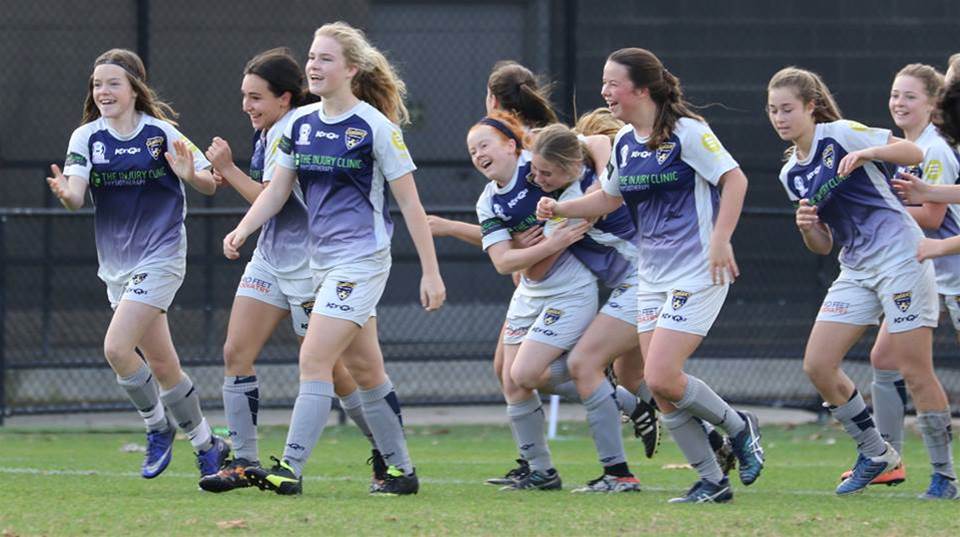
“It is inevitable some of these expenses do get passed on to the kids, yet FV somehow wants us to lower our fees. It is not possible from a club perspective,” she said.
So what is the answer? More than ever, NPLW clubs are asking questions as to what FV and FFA do with the millions of dollars in revenue they get each year.
The same is applied to governments, under pressure to invest more taxpayer’s money into women’s football.
But once again, is this a reliable revenue stream?
The emotional cost of these decisions is huge too, with the hopes and dreams of young female footballers hanging precariously in the balance.
The apparent current solution to this problem is for NPLW clubs to link strongly with their community base. They should form allegiances with community clubs and help attract fans.
Things like having Mini Roos escort players out onto the field or play games at halftime are a way to engage the local community and get them to attend NPLW games. Clubs like Galaxy United have done this in the past.
Once they come through the door, they can spend their money on food and merchandise.
There is an argument for better relationships between W League clubs and their local NPLW club. Since the NPLW is supposed to feed into the W League, it makes sense for a commercial partnership to exist. However, W League clubs have their own challenges as it is so this is not as easy to achieve as it sounds.
Another radical thought is to try and utilise the $11,000 licence fee by re-distributing it to clubs on a needs basis, this in particular helps smaller clubs like Southern and Galaxy. It will be like an equalisation tax.
This will level the playing field somewhat and means the licence money is actually re-invested back into female football, where it belongs.
Palmer was sceptical about this happening, saying,
"I highly doubt FV will ever share the $11,000 fee to anyone or any Club,” she said. “It just wont happen.
“You’ll have bigger clubs like South and Calder get upset because Southern can’t make their books balance, so they make up the shortfall.
“What we need to remember is that no club is supposed to pay players. Yet all the big clubs do and even the smaller ones when the right player comes along.
“This can never be equalised.”
Something needs to be done though, the future of female football is depending on it.
Related Articles

Champion A-League coach set to join Premier League giants
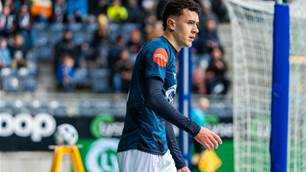
Emerging Socceroos star set to sign for MLS club
